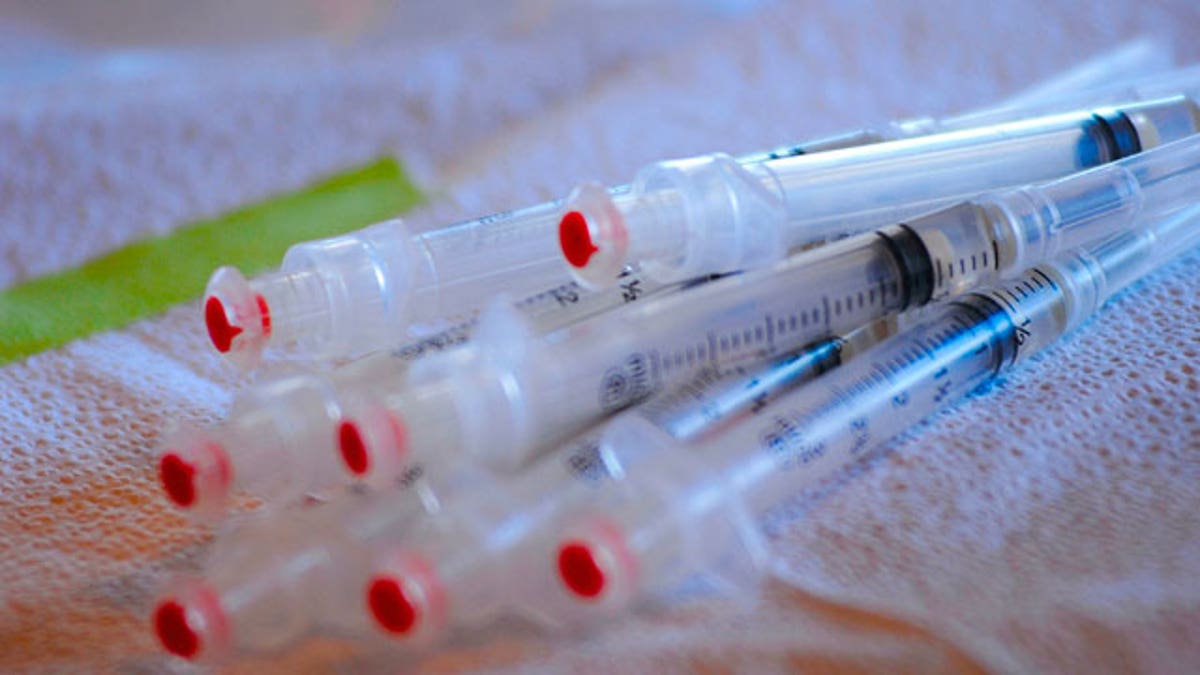
Too few of those who struggle with addictions to alcohol and opiates—like heroin and oxycodone pills—are aware that a monthly injection is available to significantly reduce their cravings. The injection is extended-release naltrexone, marketed as Vivitrol.
Naltrexone works by blocking opiate receptors in the brain, thereby reducing feelings of euphoria associated with using drugs like heroin or alcohol. It, therefore, makes the use of these substances less rewarding.
Studies show that when people have the ability to stop drinking or using drugs for a week before beginning injectable Naltrexone, and then start a regimen of the medication, they have a much better chance of maintaining abstinence. And even if they do not abstain completely, they are likely to drink fewer days and to drink or use drugs less on those days.
The magic of injectable Naltrexone is, of course, that it defeats the tendency of some substance abusers to intentionally stop taking a daily dose of the medication or to simply forget to take it. If they can muster the motivation to get the injection just once a month, then they know they have “short-circuited” the pleasurable effects of their drug of choice for four weeks, whether or not they like the idea five or 10 or 21 days later.
Injectable Naltrexone pays special homage to the notion that stress influences drug and alcohol use. No matter what troubling events have unfolded the day before, a month’s worth of Naltrexone in one’s body means that alcohol or opiates aren’t likely to be able to dull the pain enough. Other coping strategies have to be employed. And this opens the door to increasing a substance abuser’s willingness to turn to counseling, meditation or other ways of reducing their emotional pain.
It is critically important that no one begin treatment with injectable Naltrexone who has not been free of all opiates (including drugs like heroin and pain pills like Percocet and Oxycontin) for seven days prior to beginning treatment. This is because Naltrexone, in blocking nervous system receptors for opiates, can cause very severe withdrawal reactions in those who remain opiate users or opiate dependent.
It is also important that no one attempt to “overcome” Naltrexone’s blockade of opiate receptors by using large quantities of opiates or, for that matter, of alcohol. Those quantities could lead to severe side-effects, or even death.
Naltrexone is not for those who have acute hepatitis or some other forms of liver disease.
Despite the risks, I like the fact that injectable Naltrexone (Vivitrol) weakens the effects of alcohol and opiates like heroin for a whole month—because that can make it a lot less likely addicts will hunger for them.
